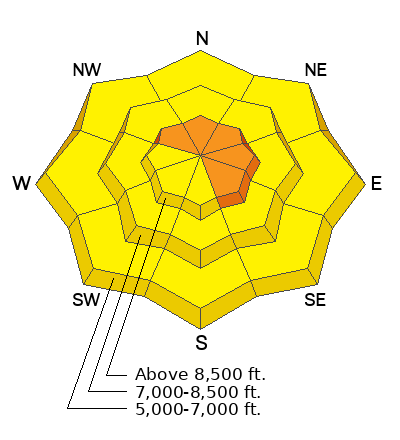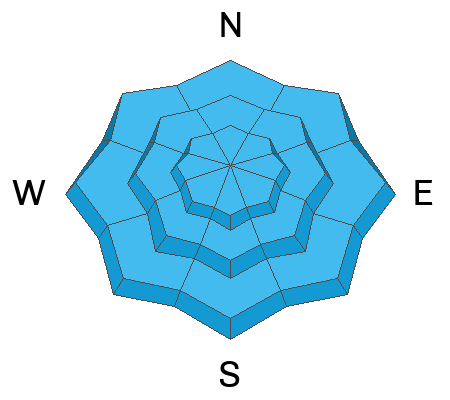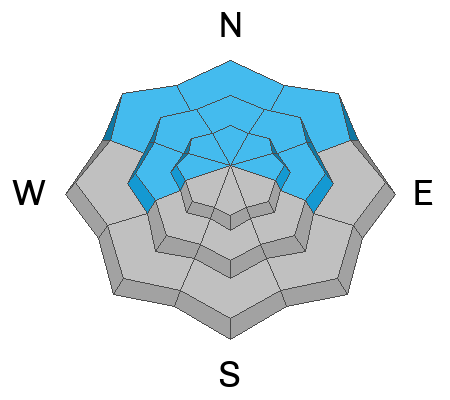Forecast for the Logan Area Mountains

Issued by Toby Weed on
Thursday morning, March 9, 2023
Thursday morning, March 9, 2023
Elevated avalanche conditions exist and the danger is MODERATE on backcountry slopes steeper than 30°. People are likely to trigger small soft slab or loose avalanches of storm snow at all elevations, and isolated avalanches failing on a buried persistent weak layer are possible. Areas with CONSIDERABLE danger probably exist on drifted upper elevation slopes facing northwest through southeast, where soft slab avalanches 1 to 2 feet deep of wind drifted storm snow are likely for people to trigger.
*Err on the side of caution at upper elevations. Evaluate snow and terrain carefully.*
Tonight, heavy snowfall and rain, warming temperatures, and increasingly strong winds from the southwest will elevate the backcountry avalanche danger significantly.

Low
Moderate
Considerable
High
Extreme
Learn how to read the forecast here









